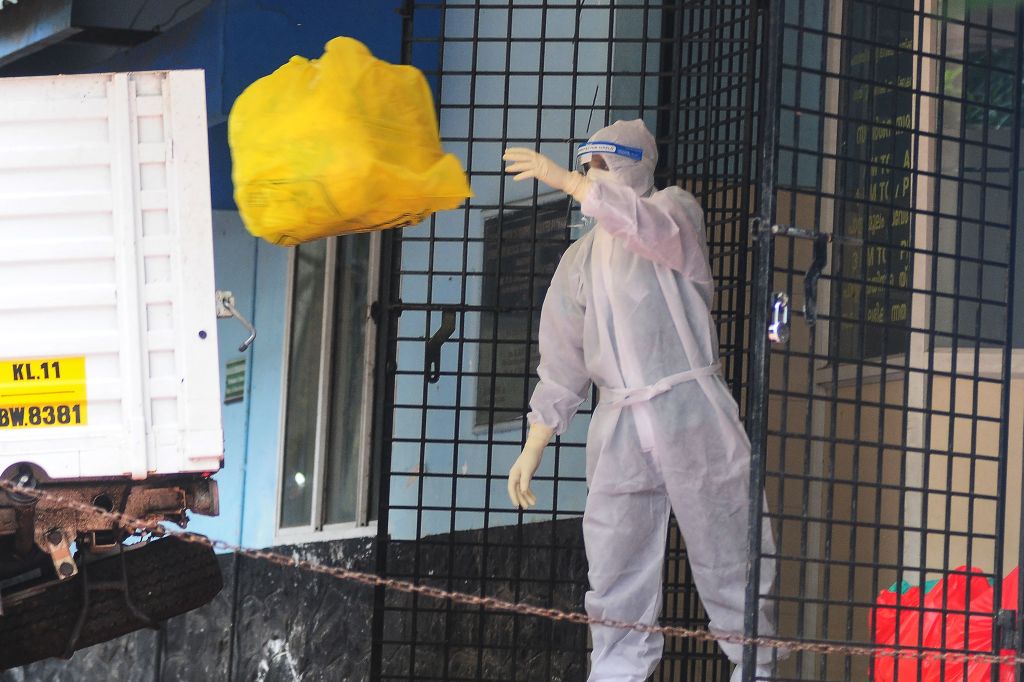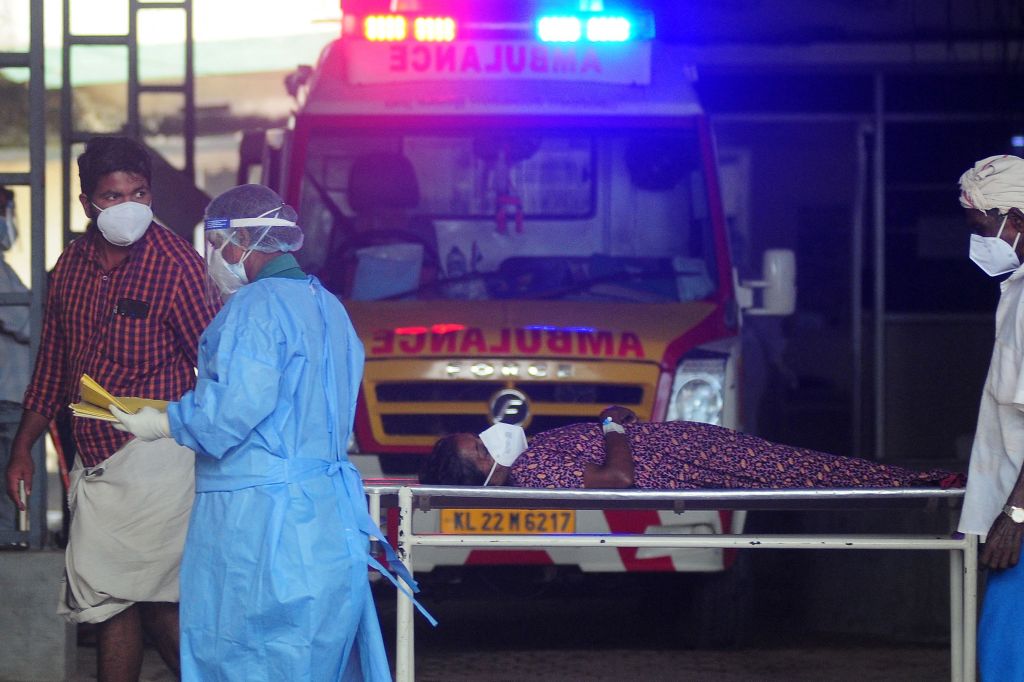Deadly outbreak of Nipah virus strikes terror into India
Two people have died in India of the Nipah virus in recent weeks, and many more are feared to be carrying the lethal disease, which kills up to 75% of those it infects.
Public officials in India are scrambling to contain the virus, shuttering schools, offices and public transport to halt the easily spread disease.
Nipah is identified by the World Health Organization as a high-priority disease with the potential to start another global pandemic, making any outbreak a public health crisis.
“Nipah virus is a zoonotic virus (it is transmitted from animals to humans) and can also be transmitted through contaminated food or directly between people,” the WHO states on its website.
Not only is the disease easily spread, but the incubation period can last up to 45 days, so people carrying the Nipah virus have no symptoms and feel healthy — even as they spread the infection to others.
There’s no vaccine or cure for a Nipah infection, so treatment is usually limited to easing the symptoms — fever, headache, cough, sore throat and vomiting — in those suffering from the disease.
In severe cases, patients can experience disorientation, seizures, coma or brain swelling (encephalitis), according to the Centers for Disease Control and Prevention.
In fact, some people who have survived a Nipah infection have long-term neurological symptoms such as seizures, convulsions and erratic personality changes.

Nipah virus can infect many different animals, including horses, pigs, sheep, goats, cats, dogs and especially bats.
“It’s carried by fruit bats who sit in the tops of trees,” Dr. Joanne Macdonald, associate professor of molecular engineering at the University of the Sunshine Coast in Australia, told the Guardian. “They can urinate and contaminate fruit, and when people eat that, they get the virus and then they get sick.”
Other outbreaks of Nipah virus have occurred since the virus was first discovered in 1998 among pigs and pig farmers in Malaysia and Singapore.

The current outbreak is centered in India’s southern state of Kerala, where earlier outbreaks were recorded in 2018, 2019 and 2021.
Along with Nipah, the WHO has identified other “priority diseases” that have the potential to cause the next pandemic: Marburg and Ebola viruses; Crimean-Congo hemorrhagic fever; Lassa fever; Rift Valley fever; Middle East respiratory syndrome, also known as MERS; severe acute respiratory syndrome, commonly referred to as SARS; COVID-19 and Zika virus.
The last illness on the WHO list is the chillingly named “Disease X,” a code name the WHO uses for a disease that’s currently unknown to medical science as a cause of human infections.

As a new disease agent — whether it’s a virus, a bacterium, a fungus or other pathogen — there likely won’t be any vaccines or few, if any, treatments available.
“This isn’t the stuff of science fiction,” Dr. Richard Hatchett, CEO of the Coalition for Epidemic Preparedness Innovations, told the Telegraph. “This is a scenario we have to prepare for.”
Read the full article Here


